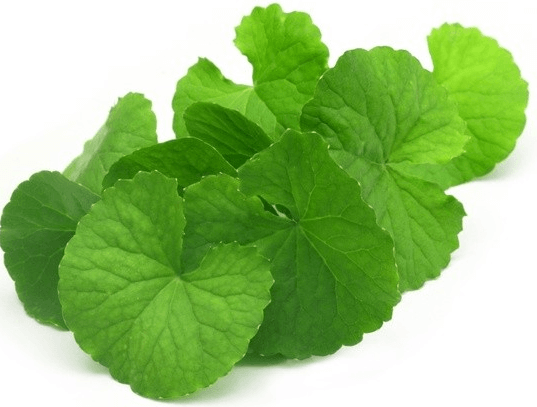Gingivitis
Definition:
Gingivitis: Gum disease with inflammation of the gums. On inspection, the gums will appear red and puffy, and will usually bleed during tooth-brushing or dental examination. Treatment is by improved cleaning, with more-frequent and longer brushing and flossing, and/or the use of electronic tooth-cleaning equipment. Antiseptic mouthwashes may also be recommended. See also acute membranous gingivitis, gum disease.
Signs & Symptoms:
A symptom is something the patient feels and describes, such as painful gums, while a sign is something everybody, including the doctor or nurse can see, such as swelling.
In mild cases of gingivitis there may be no discomfort or noticeable symptoms.
Signs and symptoms of gingivitis may include:
Gums are bright red or purple
Gums are tender, and sometimes painful to the touch
Gums bleed easily when brushing teeth or flossing
Halitosis (bad breath)
Inflammation (swollen gums)
Receding gums
Soft gums
Cause:
The accumulation of plaque and tartar
The most common cause of gingivitis is the accumulation of bacterial plaque between and around the teeth, which triggers an immune response, which in turn can eventually lead to the destruction of gingival tissue, and eventually further complications, including the loss of teeth.
Dental plaque is a biofilm that accumulates naturally on the teeth. It is usually formed by colonizing bacteria that are trying to stick to the smooth surface of a tooth. Some experts say that they might help protect the mouth from the colonization of harmful microorganisms. However, dental plaque can also cause tooth decay, and periodontal problems such as gingivitis and chronic periodontitis.
When plaque is not removed adequately, it causes an accumulation of calculus (tartar – it has a yellow color) at the base of the teeth, near the gums. Calculus is harder to remove, and can only be removed professionally.
Plaque and tartar eventually irritate the gums.
Gingivitis may also have other causes, including:
Changes in hormones – which may occur during puberty, menopause, the menstrual cycle and pregnancy. The gingiva may become more sensitive, raising the risk of inflammation.
Some diseases – such as cancer, diabetes, and HIV are linked to a higher risk of developing gingivitis.
Drugs – oral health may be affected by some medications, especially if saliva flow is reduced. Dilantin (anticonvulsant), and some anti-angina medications may also cause abnormal growth of gum tissue.
Smoking – regular smokers more commonly develop gingivitis compared to non-smokers.
Family history – experts say that people whose parent(s) has/had gingivitis, have a higher risk of developing it themselves.
How To Cure:
- Salt
Salt is a very effective remedy for gingivitis due to its antiseptic and antibacterial properties. It can help treat swollen and inflamed gums. Plus, it draws infection out of any abscesses and inhibits the growth of bacteria in the mouth.
Add 1/2 teaspoon of salt to a glass of lukewarm water. Use this homemade saline solution to rinse your mouth once each morning and once each evening until the swelling of your gums is reduced.
Alternatively, mix 1/2 teaspoon of salt with enough mustard oil to make a paste. Use this paste to massage the gums using circular strokes for 1 or 2 minutes. Gargle with warm water. Repeat this treatment 2 or 3 times daily for a few days.
- Oil Pulling
Oil pulling is a popular Ayurvedic practice that can help reduce bacteria that cause gingivitis. It can reduce plaque, strengthen gums and help maintain good oral health.
Put 1 tablespoon of sesame oil or coconut oil in your mouth.
Swish it in your mouth and through your teeth for 15 to 20 minutes.
Spit it out and then rinse your mouth thoroughly with warm water.
Do this each morning before brushing your teeth for about a month.
Note: Do not gargle or swallow the oil.
- Baking Soda
Baking soda is a popular gingivitis home remedy. It neutralizes the acids in the mouth, thereby reducing the risk of tooth decay and gum disease. Plus, it works as a natural antiseptic to help prevent infections.
Mix 1/4 teaspoon of baking soda with a bit of warm water to make a paste.
Apply this paste to the gums.
Leave it on for 1 or 2 minutes and then rinse it off with warm water.
Use this treatment 2 or 3 times a week.

